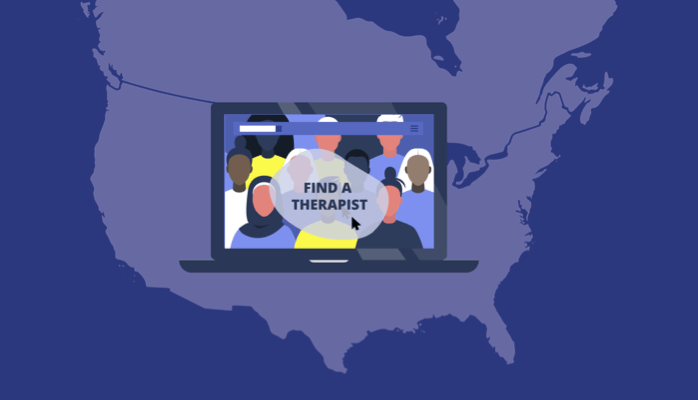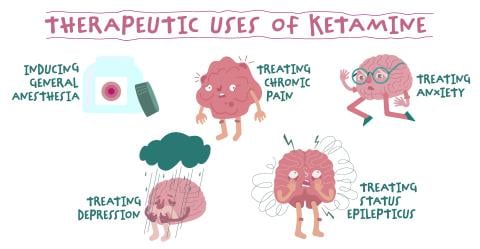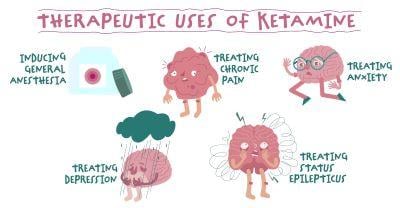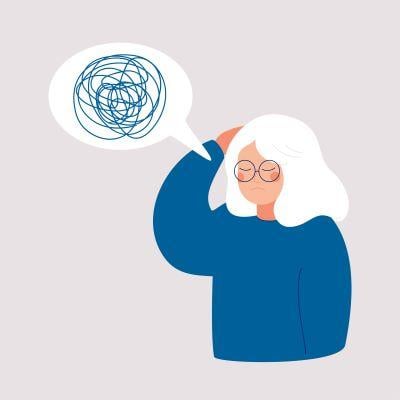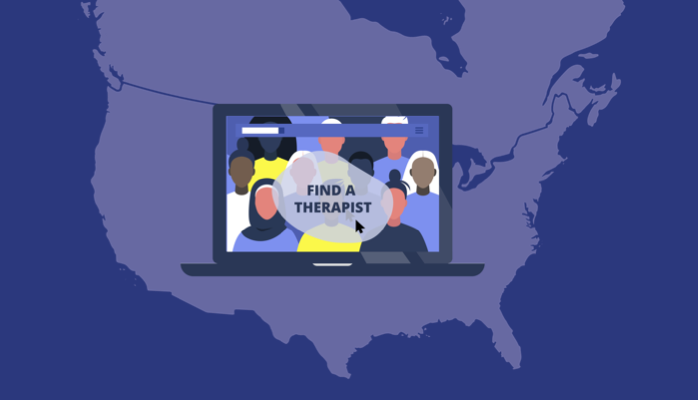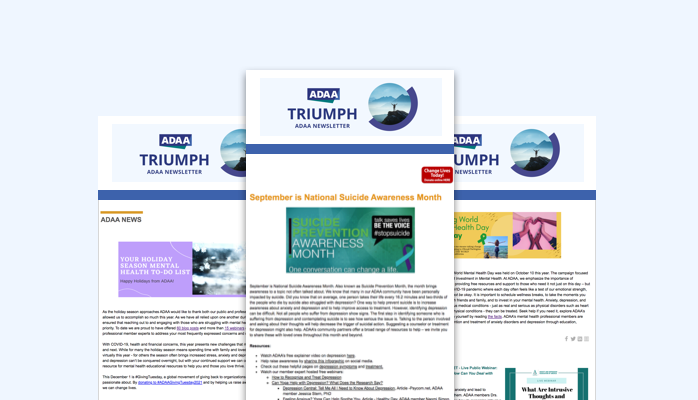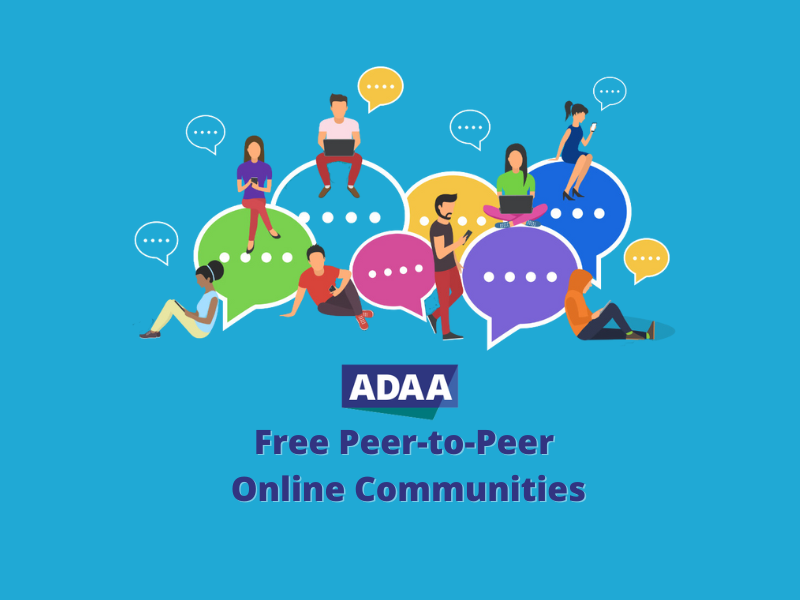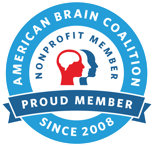Understanding Disorders
What Are Anxiety and Depression?
Anxiety disorders are real, serious medical conditions - just as real and serious as physical disorders such as heart disease or diabetes. Anxiety disorders are the most common and pervasive mental disorders in the United States.
Depression is a condition in which a person feels discouraged, sad, hopeless, unmotivated, or disinterested in life in general for more than two weeks and when the feelings interfere with daily activities.
Major depression is a treatable illness that affects the way a person thinks, feels, behaves, and functions. At any point in time, 3 to 5 percent of people suffer from major depression; the lifetime risk is about 17 percent.
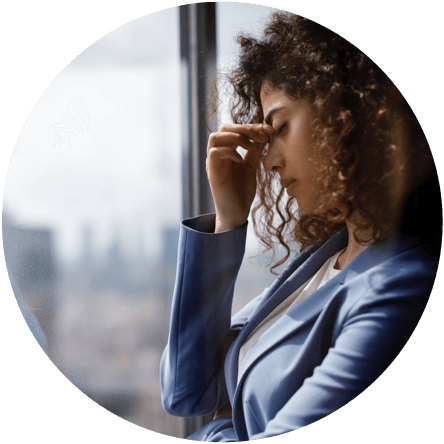
At any point in time, 3 to 5 percent of people suffer from major depression; the lifetime risk is about 17 percent.
It's a normal part of life to experience occasional anxiety.
But you may experience anxiety that is persistent, seemingly uncontrollable, and overwhelming. If it's an excessive, irrational dread of everyday situations, it can be disabling. When anxiety interferes with daily activities it is time to seek help.
The term "anxiety disorder" refers to specific psychiatric disorders that involve extreme fear or worry, and includes generalized anxiety disorder (GAD), panic disorder and panic attacks, agoraphobia, social anxiety disorder, selective mutism, separation anxiety, and specific phobias.
Obsessive-compulsive disorder (OCD) and post-traumatic stress disorder (PTSD) are closely related to anxiety disorders, which some may experience at the same time as depression.

FACTS AND STATISTICS
Understanding Anxiety and Depression is the First Step
National prevalence data indicate that nearly 40 million people in the United Sates(18%) experience an anxiety disorder in any given year.
Approximately 8% of children and teenagers experience an anxiety disorder with most people developing symptoms before the age of 21.
322 million people worldwide live with depression (WHO).
An estimated 17.3 million adults in the Untied States had at least one major depressive episode in 2017. This number represented 7.1% of all U.S. adults (NIMH).
DID YOU KNOW?
Researchers are learning that anxiety disorders run in families, and that they have a biological basis, much like allergies or diabetes and other disorders.
Anxiety disorders may develop from a complex set of risk factors, including genetics, brain chemistry, personality, and life events.
Many people who develop depression have a history of an anxiety disorder earlier in life.
There is no evidence one disorder causes the other, but there is clear evidence that many people suffer from both disorders.

Everyday Anxiety or an Anxiety Disorder
Which One Is it?
Everyday Anxiety
Worry about paying bills, landing a job, a romantic breakup, or other important events.
Embarrassment or self-consciousness in an uncomfortable or awkward social situation.
A case of nerves or sweating before a big test, business presentation, stage performance, or other significant event.
Realistic fear of a dangerous object, place, or situation.
Anxiety, sadness, or difficulty sleeping immediately after a traumatic event.
Anxiety Disorder
Constant and unsubstantiated worry that causes significant distress and interferes with daily life.
Avoiding social situations for fear of being judged, embarrassed, or humiliated.
Seemingly out-of-the-blue panic attacks and the preoccupation with the fear of having another one.
Irrational fear or avoidance of an object, place, or situation that poses little or no threat of danger.
Recurring nightmares, flashbacks, or emotional numbing related to a traumatic event that occurred several months or years before.
Topics
More Anxiety and Depression Resources
 Generalized Anxiety Disorder (GAD)
Generalized Anxiety Disorder (GAD)
 Depression
Depression
 Co-Occurring Disorders
Co-Occurring Disorders
 Obsessive-Compulsive Disorder (OCD)
Obsessive-Compulsive Disorder (OCD)
 Post-Traumatic Stress Disorder (PTSD)
Post-Traumatic Stress Disorder (PTSD)
 Prevention & Warning Signs
Prevention & Warning Signs
 Coronavirus Anxiety
Coronavirus Anxiety
 Panic Disorder
Panic Disorder
 Additional Disorders
Additional Disorders
FIND HELP
ADAA’s Find Your Therapist Directory
Search our directory of ADAA mental health professional members who specialize in anxiety, depression and co-occurring disorders.
